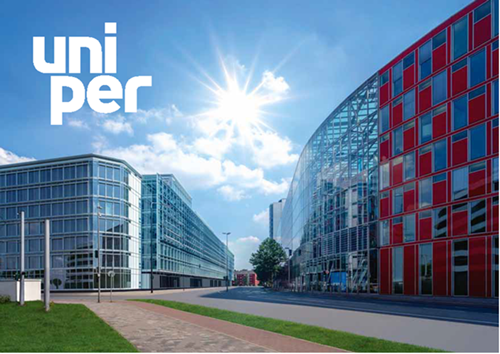News
Uniper unveils new H2 hub in Germany

Under the name "Green Wilhelmshaven," Uniper plans to establish a German national hub for hydrogen in Wilhelmshaven and is working on a corresponding feasibility study. An import terminal for green ammonia is planned. The terminal is planned to be equipped with an "ammonia cracker" for producing green hydrogen and will also be connected to the planned hydrogen network.
A 410-MW electrolysis plant is also planned, which – in combination with the import terminal - would be capable of supplying around 295,000 metric t or 10% of the demand expected for the whole of Germany in 2030. The generated climate friendly hydrogen will primarily be used to supply local industry, but it will also be possible to feed it into the national hydrogen network. This approach will help to solve one of the key problems of energy transition: security of supply. The NH3 splitting plant for producing green hydrogen would be the first scaled plant of its kind.
Commissioning of the new terminal is planned for the second half of this decade, depending on national import demand and export opportunities.
"Green Wilhelmshaven" with its combination of hydrogen import and production is one of the projects Uniper is proposing to create a common European hydrogen market and submitted to the German Federal Ministry of Economics a few weeks ago as an "Important Project of Common European Interest" (IPCEI). IPCEIs are intended to promote integrated projects along the entire hydrogen value chain.
In addition, Uniper is working with its partners on a project to ascertain whether it would be feasible to build a direct reduction plant with upstream hydrogen electrolysis on the site of the existing power plant in Wilhelmshaven, as well as the required infrastructure for supplying raw materials. The aim is to produce around 2 MM metric t of "green" crude iron using hydrogen generated via wind power. Uniper is working with Salzgitter and Rhenus Logistics, the city of Wilhelmshaven and the state of Lower Saxony on this project.

